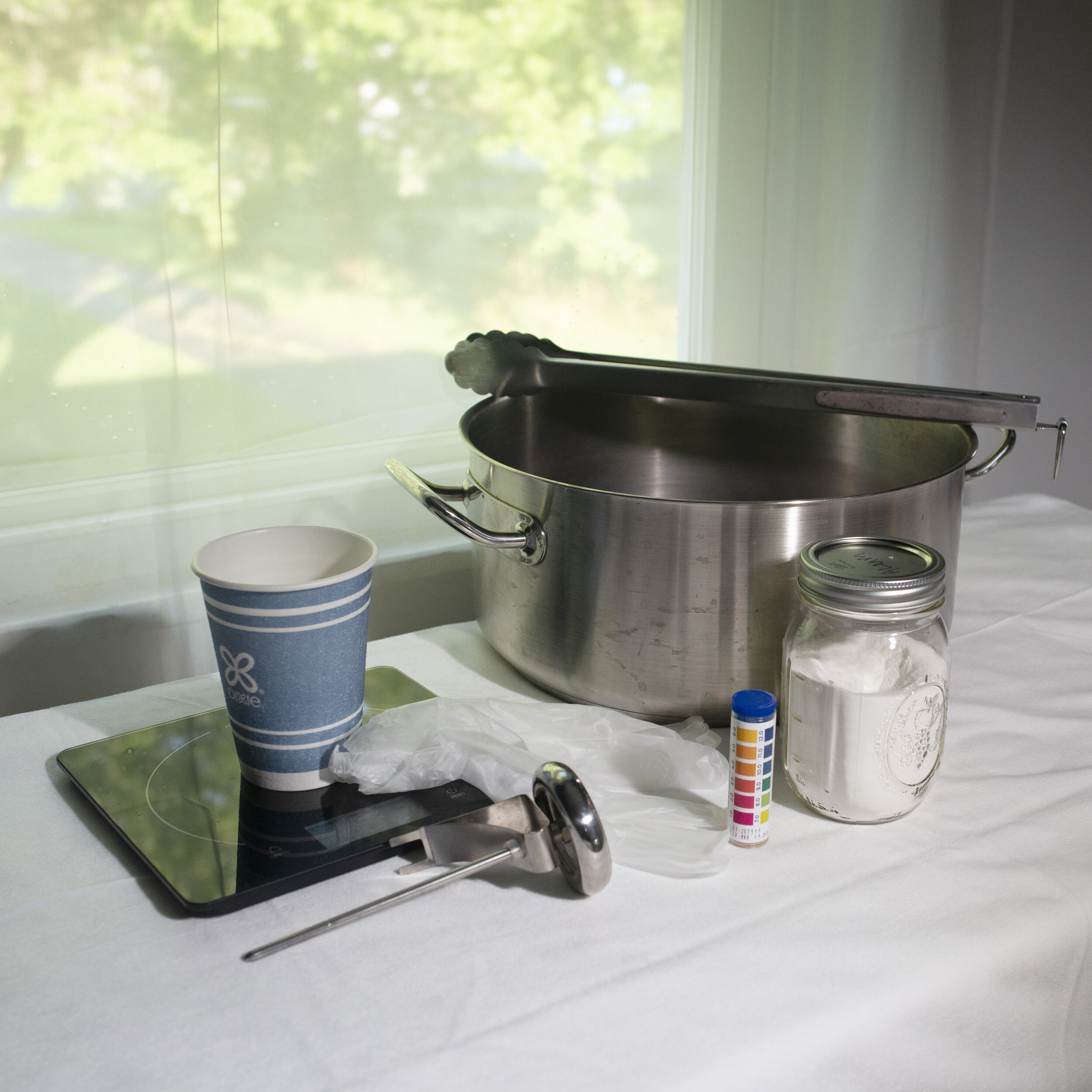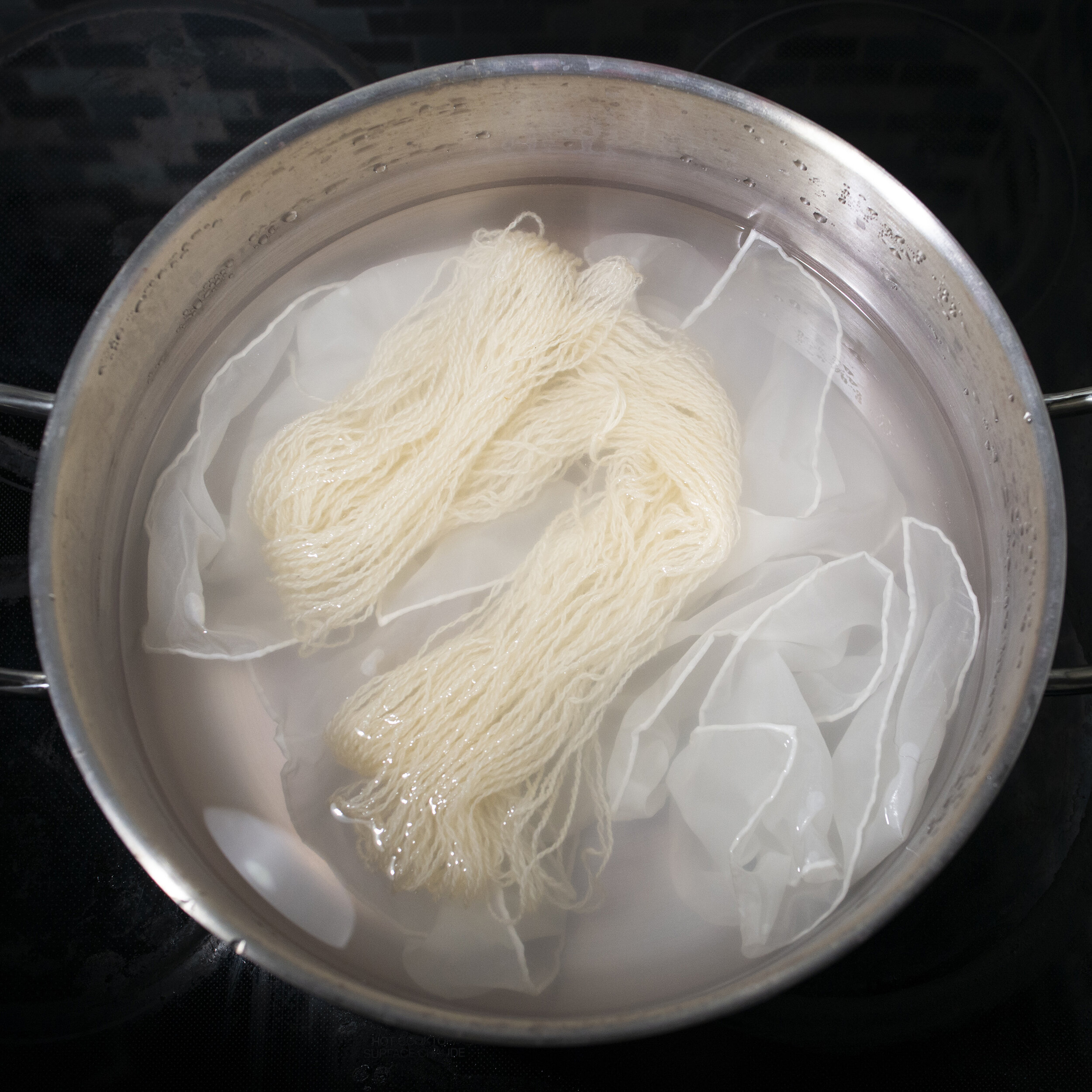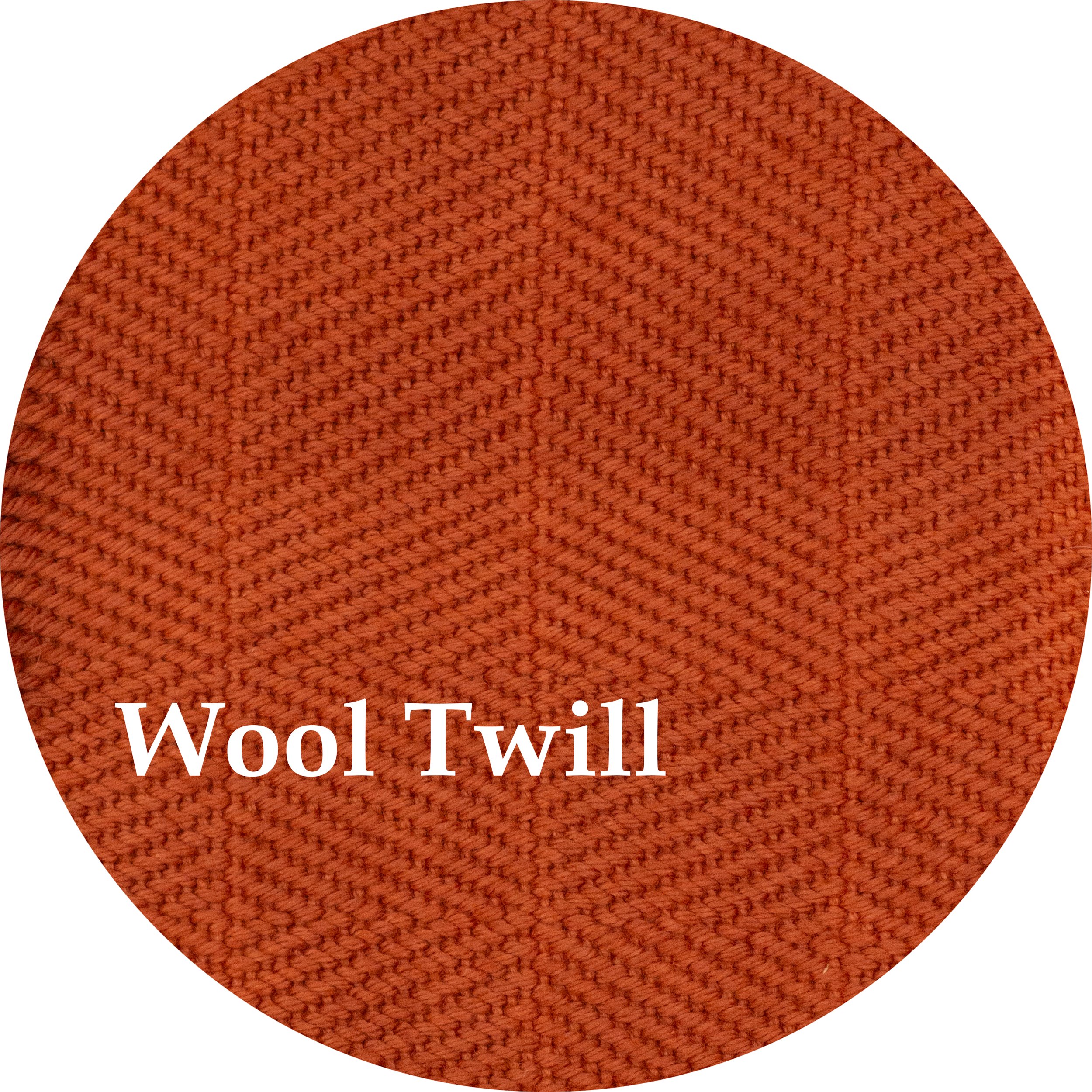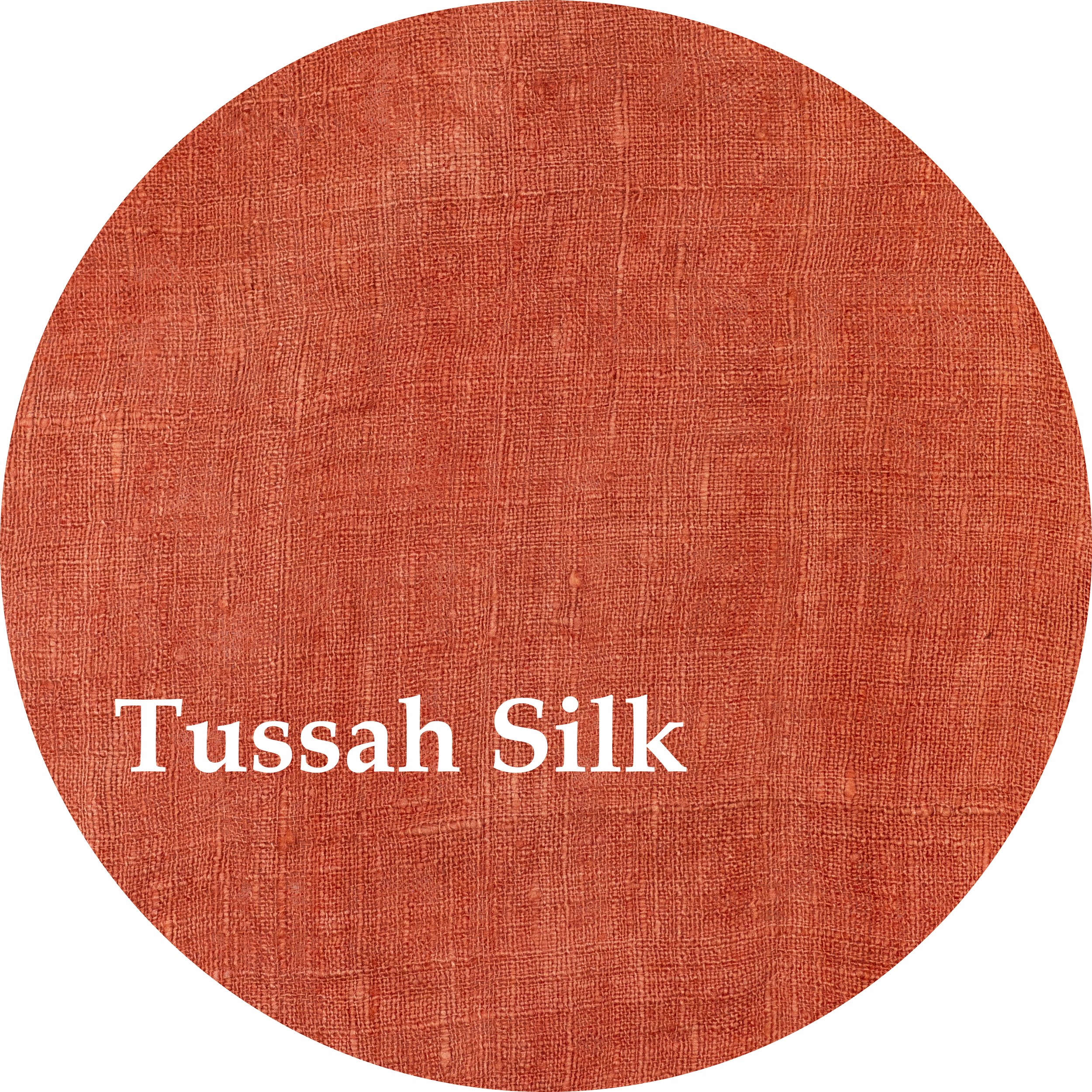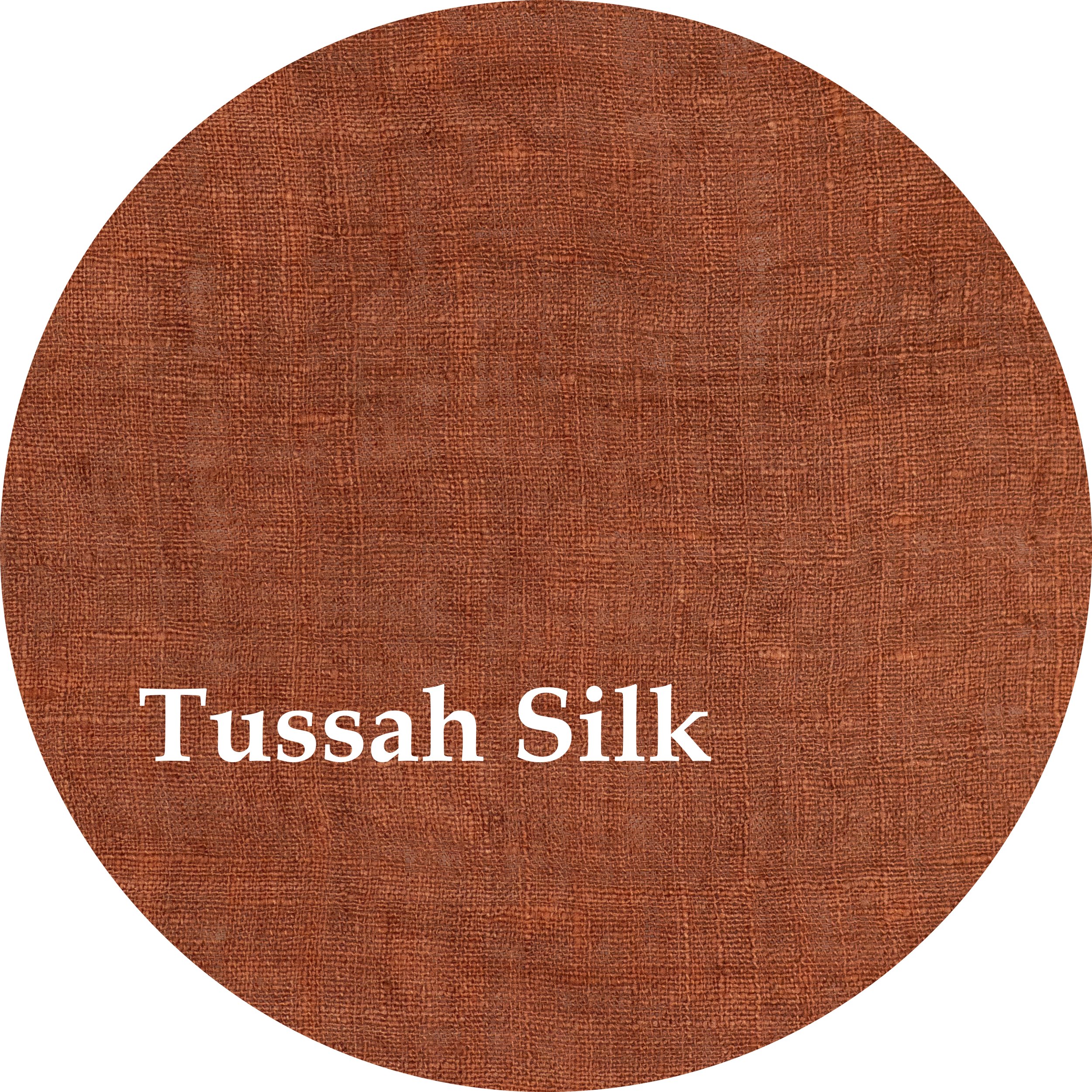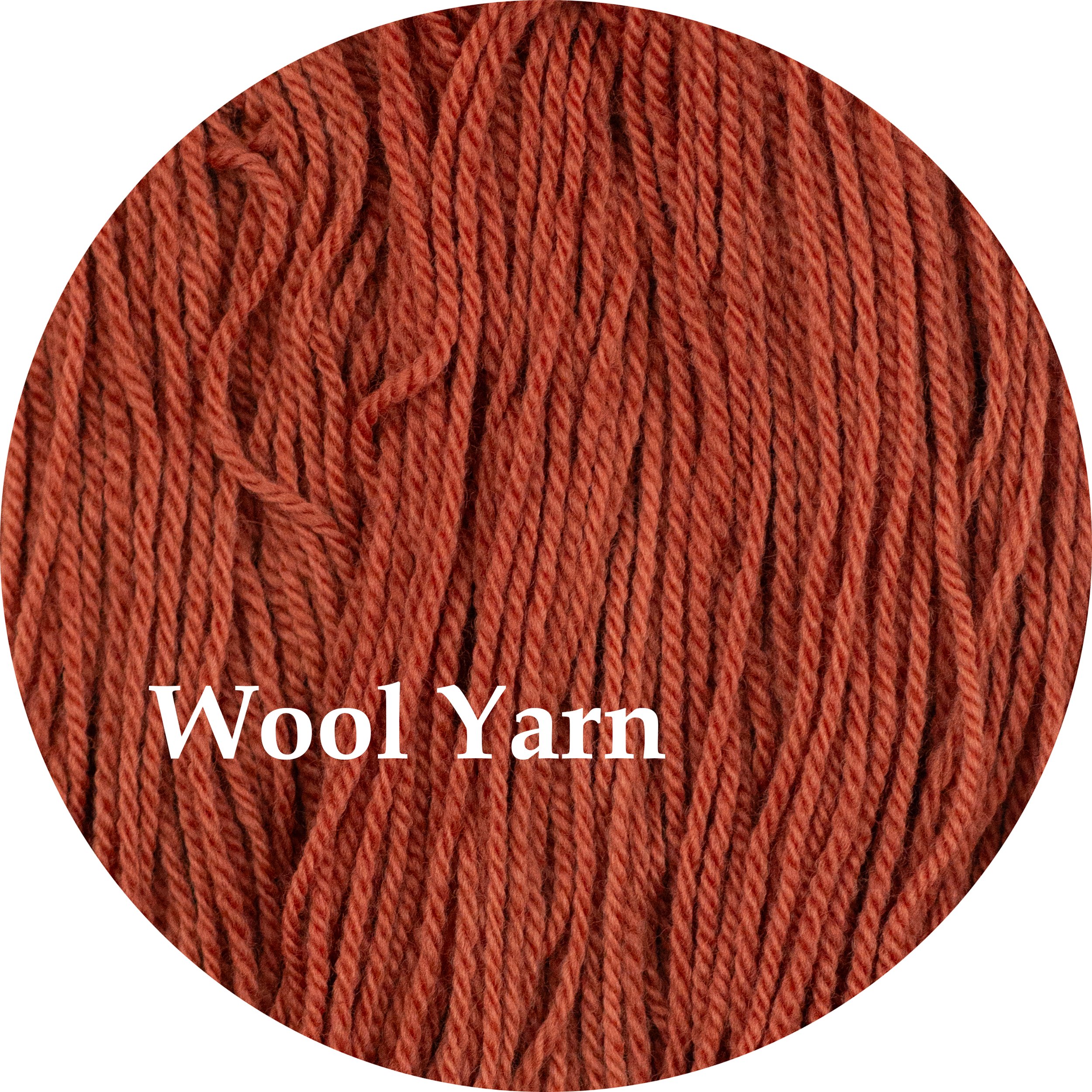
Red Sorghum Extract
A Guide to Red Sorghum Extract
Shepherd Textiles Red Sorghum Extract Natural Dye is made from the leaves and stems of sorghum bicolor, a tall grass native to east Africa. Red Sorghum contains a pigment called apigeninidin that produces rusty brick red colors on all natural fibers. Sorghum has been used in Africa for thousands of years to dye textiles, leather, and baskets, but it is little known elsewhere. However, it is a powerful and easy-to-use dye that gives saturated red-brown shades with as little as 5% weight-of-fabric on mordanted fibers. A good choice for both beginners and experienced dyers looking to experiment with something new.
1. Background on Red Sorghum
Sorghum was one of the first plants to be domesticated by humans. Current research suggests that this took place around 5,000 years ago in what is now Ethiopia (House 1995:1), although the cultivated grass quickly spread across northern and western Africa. Initially a cereal grain, over the millennia different varieties of sorghum were developed to meet different needs. Some varieties are used as feed, some as fuel, and some as dye. There are currently as many as 48 different subspecies of sorghum depending on how they are counted (House 1995:2), making it one of the world’s most versatile cultivars.
Red sorghum (sorghum bicolor) is the variety used as a dye. The stalks and sheaths are rich in anthocyanidins, a common class of natural pigments that are found in foods like blueberries and red cabbage. Most anthocyanidins make poor fabric dyes because they are easily degraded by light, heat, and alkalis - they provide fugitive (impermanent) colors that fade away in a matter of days or weeks. Red sorghum, however, contains a rare 3-deoxyanthocyanidin called apigeninidin that is stable across a broad pH spectrum and has a high temperature tolerance (Akogou et al. 2016:365-367). Apigeninidin is easily extracted from red sorghum sheaths by boiling, sometimes with the addition of an alkali. In West Africa, the sorghum sheaths are boiled with a rock called kanwu (a mixture of various carbonate salts) to extract the pigment. The dark red liquid is then used to color foods like porridge and cheese (Akogou et al. 2016:361). In Nigeria and Senegal it was also an important dye for leather. Tanned hides were submerged in a concentrated sorghum bath, made alkaline with a little wood ash, and then simply rinsed and dried (Dalziel 1926:226-227).
Shepherd Textiles Red Sorghum Extract is made from sorghum sheaths and contains a high concentration of apigeninidin. It will give rusty reds on all natural fibers. Note that unlike other natural dyes, red sorghum is relatively unaffected by mordant - the differences in color between an alum mordant and an iron mordant are minor. Modifications in pH can shift the color slightly from the orange range (acids) to the violet-brown range (alkalis). This is a potent, easy dye to work with and one that makes it possible to experience an African natural dyeing tradition.
Grain, Feed, Fuel, and Dye
2. Safety Precautions
DO NOT INGEST. This product is intended for textile dyeing, not as an herbal supplement.
Avoid eye contact. If eye contact occurs, rinse with cool water.
Not for use as a cosmetic additive; do not apply directly to skin or hair.
Open carefully to avoid spilling or creating dust.
If a spill occurs, quickly wipe up with a paper towel or disposable rag.
Use only dye pots and utensils dedicated to dyeing. Do not use any pots, containers, spoons, tongs, thermometers, or other utensils that will be used for food preparation.
Red Sorghum Extract, and all dye baths and mordant liquors made while dyeing, should be kept out of reach of children and pets. Use only with adult supervision.
Shepherd Textiles, LLC is not liable for any misuse of this product or any unintended staining of your clothing, workspace, or other property. Use only as directed.
3. Recommended Supplies
Dye pot. Use a dye pot large enough to hold all your fibers, with plenty of room for them to move around and for the liquid to circulate freely.
Metal tongs. A pair of tongs is useful for stirring and taking fabric out. Use tongs dedicated to dyeing, and not for food preparation.
Rubber gloves. Wear rubber gloves while handling mordanted/dyed fiber before it has been rinsed.
Candy thermometer. The best way to keep track of temperature is to use a candy thermometer that clips to the side of the dye pot.
Scale. Use a scale to weigh out fiber, mordant, and dyestuff.
Alum mordant. The alum usually used for mordanting is aluminum potassium sulfate, also known as potash alum. It is the same alum that you can find in a jar in the spice section at the grocery store.
4. Preparation: Mordanting with Alum
Red Sorghum Extract gives good results on fibers that have been mordanted with alum. If possible, soak your fibers in water for a few hours before mordanting, so that the mordant will penetrate deeply and evenly. Make sure to weigh the fibers first, while they are still dry.
For protein fibers (wool, silk, alpaca, etc.): Mordant with 10% alum and 11% cream of tartar.
Weigh out the fibers you plan to dye (while they are dry). Multiply that weight by 0.10 to calculate the amount of alum you will need, and 0.11 to calculate the amount of cream of tartar.
Fill your dye pot with hot tap water, leaving enough room for the fiber.
Weigh out the correct amount of cream of tartar and pour it into the dye pot. Mix with a spoon or metal tongs until it has dissolved.
Next, weight out the correct amount of alum and add it to the dye pot. Mix until well dissolved.
Gently place your fibers into the mordanting solution.
Heat mordant bath to 180F and maintain heat for 1 hour. If you don’t have a candy thermometer, you will have to estimate the temperature. At 180F, steam vapor will be rising off the water but it will not be bubbling. If your mordant bath starts to bubble, turn down the heat.
Stir every 15 or 20 minutes to make sure fibers mordant evenly. If they do not, the dye will take better in some places than others.
After an hour, remove from heat and let cool to room temperature. Once cool, you can immediately proceed to rinsing, or you can leave the fibers to steep overnight in the mordant bath. This can dramatically improve results when dyeing thick yarn or tightly woven fabrics.
When ready to rinse, put on rubber gloves and gently squeeze excess mordant solution back into the pot. Rinse fibers briefly in lukewarm water. The fiber does not need to be thoroughly washed, but any excess mordant should be rinsed out. Set aside until ready to dye. Keep out of reach of children and pets.
Dispose of mordant solution according to local guidelines.
For cellulose fibers (cotton, linen, etc.): Treat with a tannin before mordanting.
Red Sorghum Extract gives pleasant strawberry cream shades on cotton. For best results, the cotton should be well tanned and mordanted before dyeing.
Scour cotton by adding 2 tsp of soda ash and 1 drop of dish soap to a 5-gallon dye pot. Add the cotton and heat to 180F-190F for an hour, stirring occasionally. Remove from heat, and when cool enough to handle, rinse and wring out well.
Apply Sumac Extract to the cotton to tan it. Fill your dye pot with hot water and dissolve 10% WOF Sumac Extract into the water. Add the cotton, raise the heat to 180-190F, and maintain for an hour. Remove from heat and allow to slowly cool to room temperature: for best results, steep overnight. After steeping, remove the cotton and gently squeeze out excess liquid (wearing rubber gloves), but do not rinse, as this may rinse out the tannins before they bond to the mordant. Hang the cotton up and let it dry before proceeding to mordanting.
Prepare an alum mordant bath as described above for protein fibers, but add 2% weight-of-fabric soda ash (washing soda) and mix well before adding the cotton. This will change the alum into a basic form that bonds more easily with cotton. Proceed to mordant as described above.
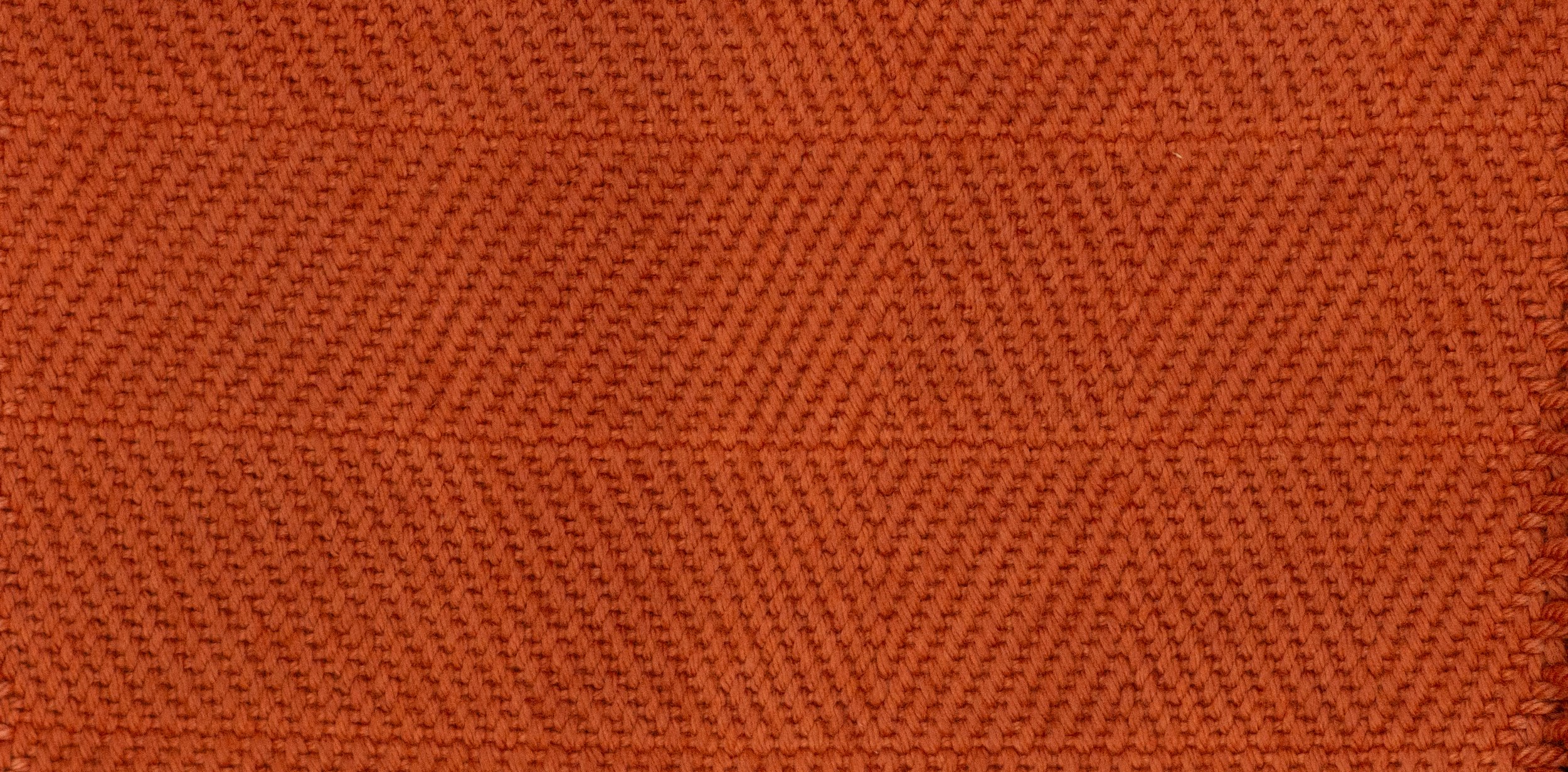
The Recipes
6. Recipe: Terracotta
Red Sorghum Extract produces deep rusty red shades on natural fibers that have been mordanted with alum. The recipe is simple: dissolve about 5% weight-of-fabric of the extract into the dyebath, add the fibers, and simmer for an hour. For slightly deeper shades you can increase the amount of extract to 10%, but adding any more than that is not beneficial because the extra dye will not be absorbed by the fiber. This is a very natural-looking shade of red that would look nice together with other plant-based colors.
Fill your dye pot with enough warm water for your fibers to move around freely.
Measure out 5% weight-of-fabric (WOF) of Red Sorghum Extract powder and add to the dye pot. Mix well until fully dissolved.
Add your alum-mordanted fiber to the dyebath.
Raise the temperature to 180°F for silk or 190-200°F for wool and cotton, then maintain for 1 hour. Stir occasionally to make sure everything dyes evenly.
After 1 hour, remove pot from heat and allow to cool until the fiber can safely be handled.
Remove the fibers and rinse briefly in warm water. Hang them up to dry to help the color set; make sure to hang them up in the shade somewhere where dripping dye will cause no damage. Direct sunlight may fade the color before it has had time set.
For the final rinsing, we recommend using a PH-neutral detergent like Synthrapol that is designed to wash out loose dye. Follow the manufacturer’s directions for best results. CAUTION: Red Sorghum Extract may bleed if not thoroughly rinsed out after dyeing.
Hang up to dry.
7. Recipe: Ochre
Raising the alkalinity of the dyebath will shift the color of Red Sorghum from the orange end of the spectrum toward the purple end. Indeed, at around pH 8, a red sorghum dye bath will actually develop a deep violet hue. Wool dyed in this slightly alkaline bath will come out closer to crimson. Silk and cotton, unfortunately, come out more brown - for best results those fibers should probably be dyed using the previous recipe.
Fill your dye pot with enough warm water for your fibers to move around freely.
Measure out 10% weight-of-fabric (WOF) of Red Sorghum Extract powder and add to the dye pot. Mix well until fully dissolved.
Adjust the pH to 7.5-8 using pickling lime (calcium hydroxide) or washing soda (sodium carbonate)*.
Add your alum-mordanted fiber to the dyebath.
Raise the temperature to 180°F for silk or 190-200°F for wool and cotton, then maintain for 1 hour. Stir occasionally to make sure everything dyes evenly.
After 1 hour, remove pot from heat and allow to cool until the fiber can be safely handled.
Remove the fibers and rinse briefly in warm water. Hang them up to dry to help the color set; make sure to hang them up in the shade somewhere where dripping dye will cause no damage. Direct sunlight may fade the color before it has had time set.
For the final rinsing, we recommend using a PH-neutral detergent like Synthrapol that is designed to wash out loose dye. Follow the manufacturer’s directions for best results. CAUTION: Red Sorghum Extract may bleed if not thoroughly rinsed out after dyeing.
Hang up to dry.
NOTE: Whenever you are dyeing wool, the pH of the dye bath may drop dramatically after the temperature has been raised to 190°F. This is generally a result of acid that is leftover from the alum and cream of tartar used to mordant wool. If you have pH strips, you can check at this point to see if the pH has dropped below neutral. If so, you may wish to lift the wool out with tongs (you can put it in an empty dye pot if necessary) and readjust the pH to between 7 and 8 (be careful not to overshoot and raise the pH too much!). After the pH is adjusted, re-enter the wool. This issue can generally be prevented by rinsing the wool very thoroughly after mordanting, but if you have pH strips you may still want to check.
8. Recipe: Iron Red on Wool
Red Sorghum, oddly enough, is not much affected by different mordants. Most natural dyes become darker or “sadder” when iron is used as a mordant or modifier, but Red Sorghum just develops a slightly more muted hue. The effect on wool is pleasant, but not altogether different from wool mordanted with alum. However, I have included this recipe in case any dyers are curious how Red Sorghum will respond to iron.
Prepare your wool by mordanting it directly with iron. Follow the directions in Section 4, but instead of alum use 8% iron (ferrous sulfate powder) and 10% cream of tartar. Add the cream of tartar first and give it a few minutes to fully dissolve, then add the iron and give it a few minutes to fully dissolve before adding the wool. This will prevent the iron from precipitating prematurely on the wool and staining it brown*.
When ready to proceed, fill your dye pot with enough warm water for your fibers to move around freely.
Measure out 10% weight-of-fabric (WOF) of Red Sorghum Extract powder and add to the dye pot. Mix well until fully dissolved.
[Optional] Adjust the pH to 8 using pickling lime (calcium hydroxide) or washing soda (sodium carbonate).
Add your iron-mordanted wool to the dyebath.
Raise the temperature to 190-200°F, then maintain for 1 hour. Stir occasionally to make sure everything dyes evenly.
After 1 hour, remove pot from heat and allow to cool until the wool can be safely handled.
Remove the fibers and rinse briefly in warm water. Hang them up to dry to help the color set; make sure to hang them up in the shade somewhere where dripping dye will cause no damage. Direct sunlight may fade the color before it has had time set.
For the final rinsing, we recommend using a PH-neutral detergent like Synthrapol that is designed to wash out loose dye. Follow the manufacturer’s directions for best results. CAUTION: Red Sorghum Extract may bleed if not thoroughly rinsed out after dyeing.
Hang up to dry.
*CAUTION: Ferrous sulfate (iron powder) is harmful if ingested. Keep iron and iron mordant baths away from children and pets. Avoid contact with skin and mucus membranes. Wear gloves and eye protection while handling iron powder and iron mordant baths. Dispose of the spent mordant bath according to local regulations. Read your manufacturer’s SDS (Safety Data Sheet) before working with ferrous sulfate and observe all recommended safety precautions.
All images and text are copyright of Shepherd Textiles, LLC. Do not reproduce without written permission and attribution.




